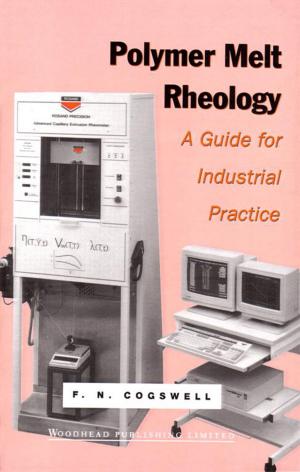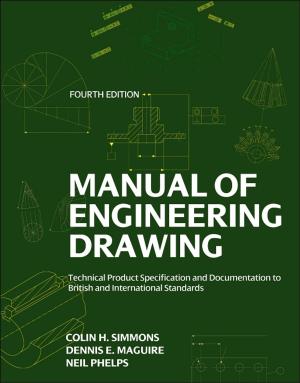| Author: | Paul K. Chang | ISBN: | 9781483181288 |
| Publisher: | Elsevier Science | Publication: | June 28, 2014 |
| Imprint: | Pergamon | Language: | English |
| Author: | Paul K. Chang |
| ISBN: | 9781483181288 |
| Publisher: | Elsevier Science |
| Publication: | June 28, 2014 |
| Imprint: | Pergamon |
| Language: | English |
Interdisciplinary and Advanced Topics in Science and Engineering, Volume 3: Separation of Flow presents the problem of the separation of fluid flow. This book provides information covering the fields of basic physical processes, analyses, and experiments concerning flow separation.
Organized into 12 chapters, this volume begins with an overview of the flow separation on the body surface as discusses in various classical examples. This text then examines the analytical and experimental results of the laminar boundary layer of steady, two-dimensional flows in the subsonic speed range. Other chapters consider the study of flow separation on the two-dimensional body, flow separation on three-dimensional body shape and particularly on bodies of revolution. This book discusses as well the analytical solutions of the unsteady flow separation. The final chapter deals with the purpose of separation flow control to raise efficiency or to enhance the performance of vehicles and fluid machineries involving various engineering applications.
This book is a valuable resource for engineers.
Interdisciplinary and Advanced Topics in Science and Engineering, Volume 3: Separation of Flow presents the problem of the separation of fluid flow. This book provides information covering the fields of basic physical processes, analyses, and experiments concerning flow separation.
Organized into 12 chapters, this volume begins with an overview of the flow separation on the body surface as discusses in various classical examples. This text then examines the analytical and experimental results of the laminar boundary layer of steady, two-dimensional flows in the subsonic speed range. Other chapters consider the study of flow separation on the two-dimensional body, flow separation on three-dimensional body shape and particularly on bodies of revolution. This book discusses as well the analytical solutions of the unsteady flow separation. The final chapter deals with the purpose of separation flow control to raise efficiency or to enhance the performance of vehicles and fluid machineries involving various engineering applications.
This book is a valuable resource for engineers.















